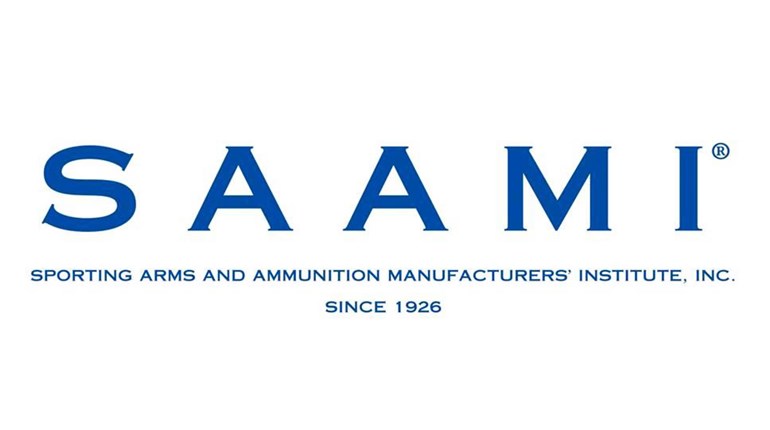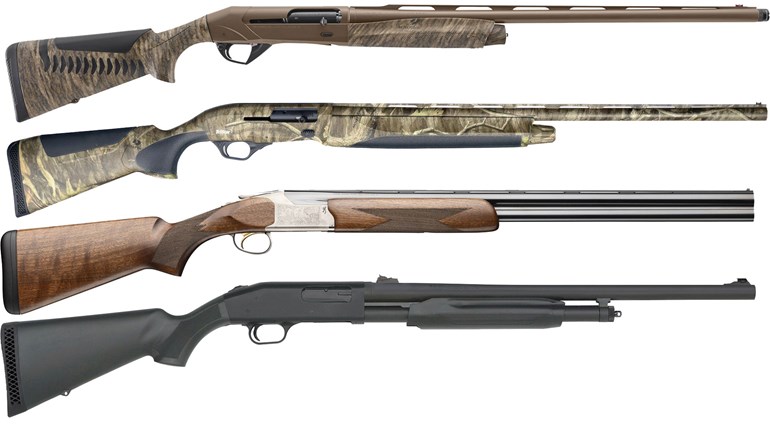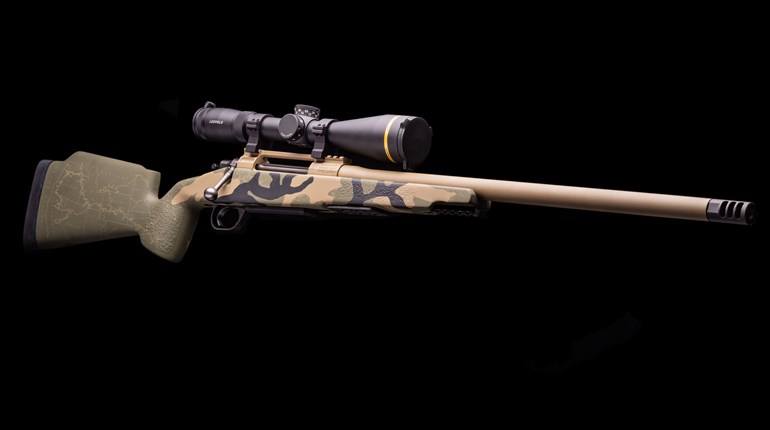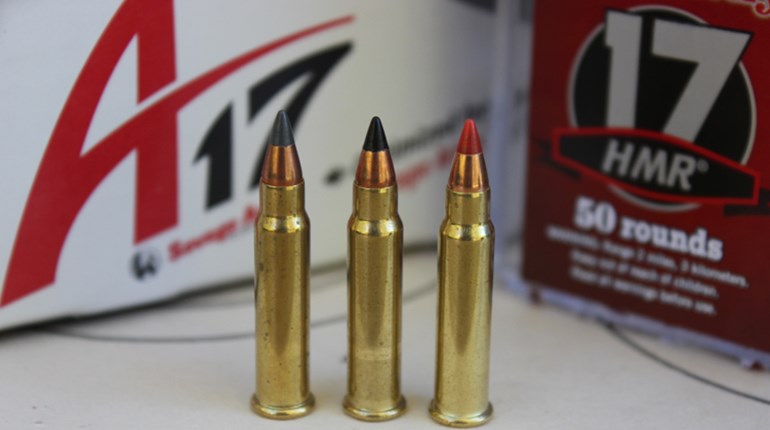
The annual SHOT Show in Las Vegas is one of the hottest places to catch up on the latest firearm trends, and the big news in 2020 was carbon fiber barrels. It seemed that every rifle manufacturer was in a race to add new carbon fiber models to their existing lineups, and that’s because a growing number of shooters are seeking carbon barrels for their guns. But what exactly is carbon fiber and why is it better than the steel barrels we’ve used on match and military rifles for years?
A Closer Look at Carbon Fiber
Carbon fibers have been in use since the 1960s in the aerospace and military market, but only recently has the material been used extensively in more affordable consumer products like car parts and sporting equipment. Production of this material begins with a precursor, usually polyacrylonitrile, that is heated to very high temperatures in the absence of oxygen.
Doing so expels non-carbon materials from the product and what remains are extremely strong carbon chains that form the basis of carbon fiber. The material is then stabilized at high heat and then undergoes a carbonizing process where it is heated to more than 1,800 degrees Fahrenheit while the final non-carbon elements escape in the form of gasses. Oxidation surface treatments help harden and roughen the surface and the fibers are then coated (a process known as sizing) and the coated fibers are ready to be applied.
That, as you might imagine, is not a simple or inexpensive process, but the resulting carbon fibers are exceptionally versatile. Carbon fiber is much lighter than steel but stronger and has a higher tensile strength, which is one reason it is so popular in the aerospace and automotive industry.
What Carbon Fiber Barrels Offer Shooters
For starters, we must be clear that CF barrels should appropriately be called carbon-fiber-wrapped barrels since they utilize steel inserts. The greatest single benefit they offer to shooters is simple: weight reduction.
“Essentially, you’re going to get the accuracy and repeatability you would from a bull barrel but the weight of a light sporter barrel,” says Kort Nielson of Christensen Arms. Christensen offers premium bolt-action hunting and long-range rifles with the company’s own CF wrapped barrels. At Christensen Arms, steel barrel blanks are drilled, reamed, and button rifled as with the production of a normal steel barrel. The steel barrels are then reduced down to make room for the carbon material to be applied.
Nielson says that the direction that the fibers are laid can play a role in the barrel’s performance, too. Specifically, the direction of the fibers affects factors like heat dissipation. Christensen Arms lays their carbon fiber lining on barrels so that it transfers heat away from the throat of the rifle. Over time, they developed a company “recipe” for lining their barrels that results in longer barrel life and better accuracy.
After fibers are laid they are usually sealed with resin, but again there’s a great deal of variation among manufacturers as to how the process is done.
The Practicality of this Material
I’ve tested or carried a handful of carbon fiber rifle barrels including ones from Christensen Arms, as well as Savage Arms and custom gunmakers. These barrels aren’t inherently accurate all on their own, but all the guns I’ve tested that use them were accurate. And all of those rifles were significantly lighter—say a pound or more—than their steel-barreled counterparts. The same is true of Springfield Armory's Waypoint rifle or a rifle with a Proof Research barrel.
A pound doesn’t seem like that much weight—until you’ve had to walk all day at high elevations and on steep ground. Lugging a heavy steel rifle around is usually doable at the range, but if you’re in a match that added weight will fatigue a shooter more quickly, and as any serious shooter knows fatigue can cause declines in your overall accuracy.
One of the most common questions shooters have about buying carbon fiber barrels is whether or not they require more attention or maintenance than standard steel barrels. The answer is no. Carbon fiber barrels are durable and stand up well to the elements, and there are no special care instructions. Nielson says that these barrels are every bit as durable as steel versions.
Are carbon fiber barrels going to replace steel? Not until this expensive material’s cost is low enough to close the price gap between the two. However, carbon fiber does have its advantages, and there are legitimate reasons why it makes sense to own a precision rifle with such a barrel.




































